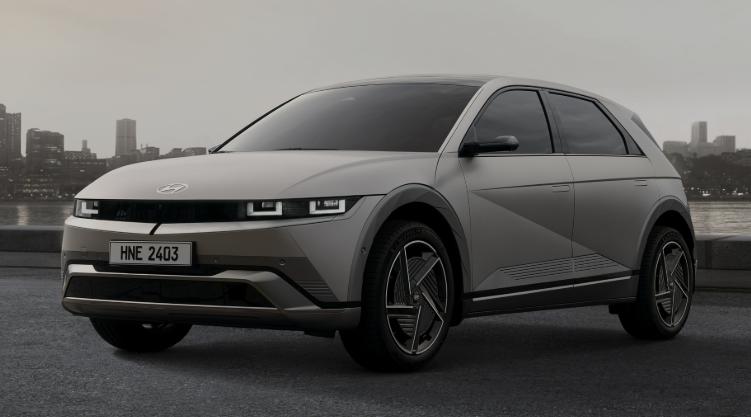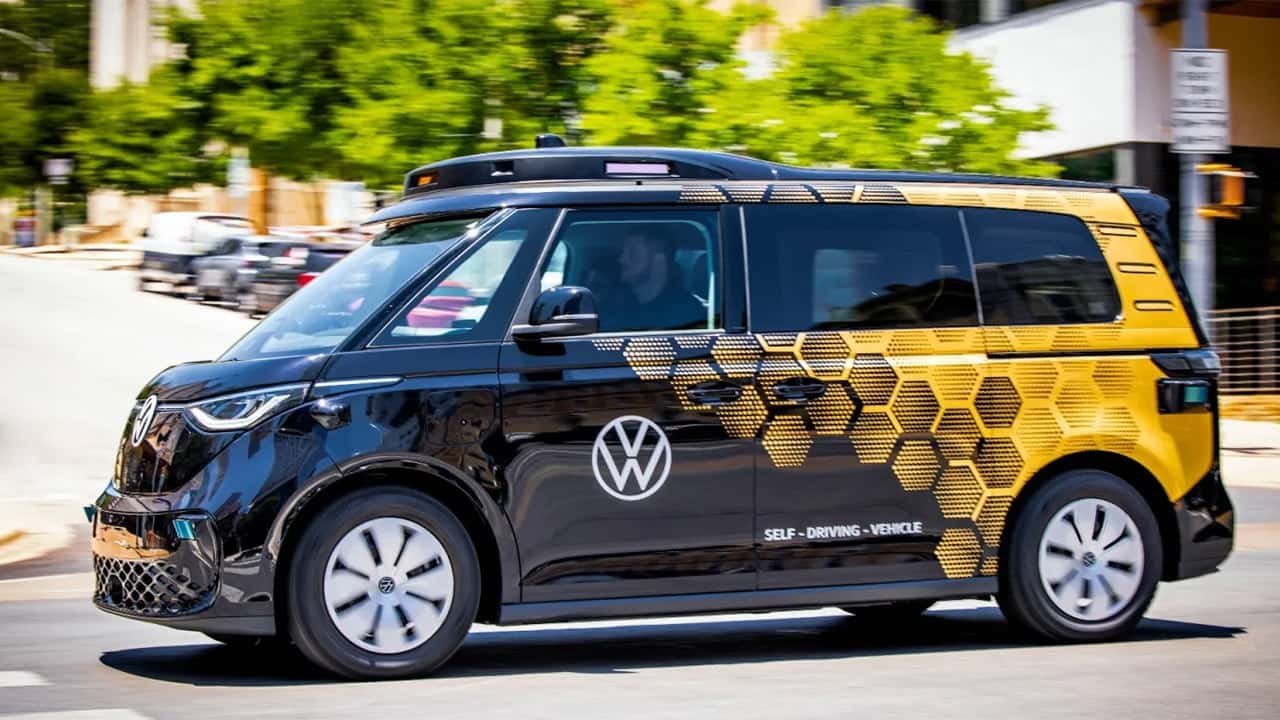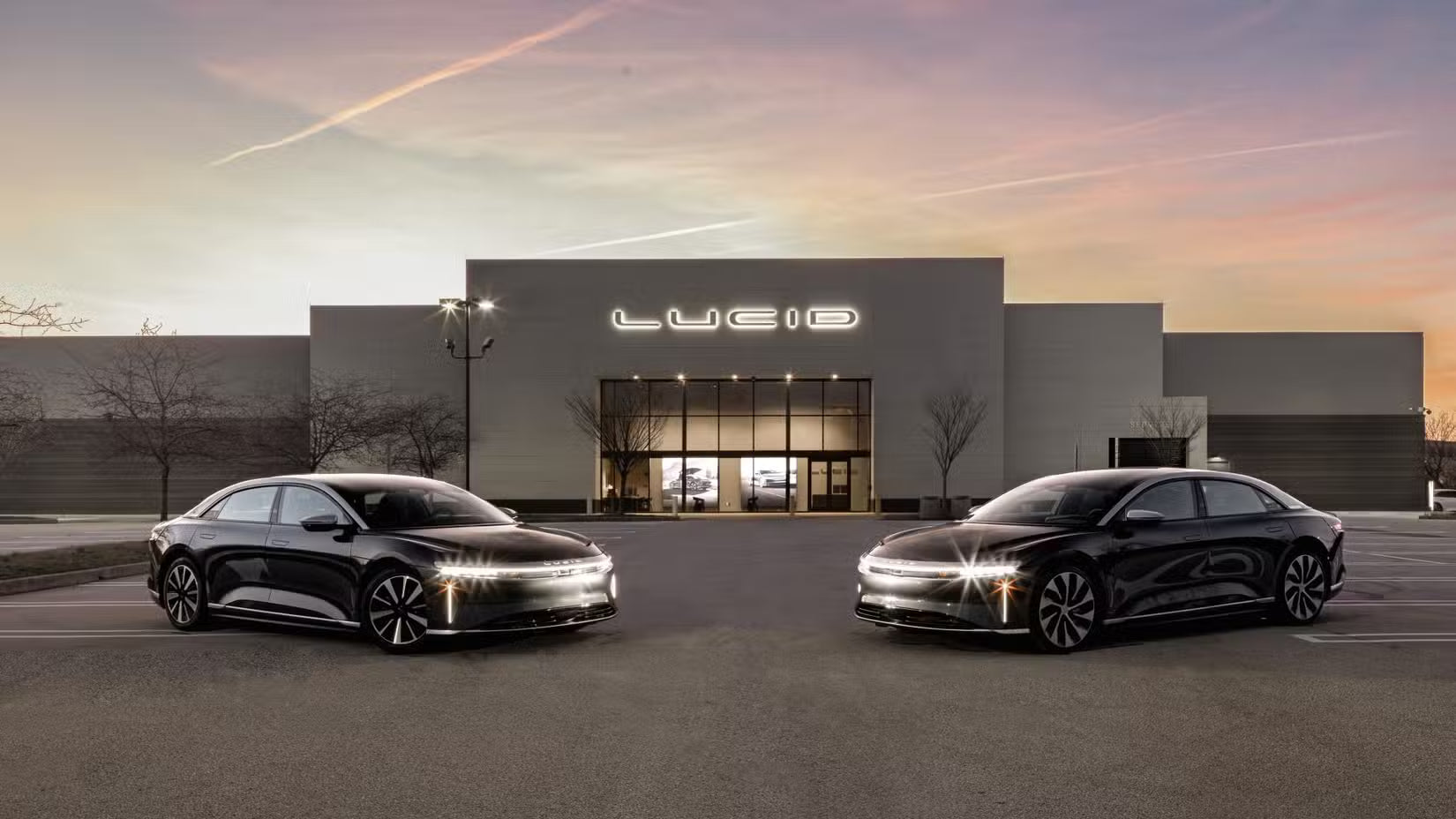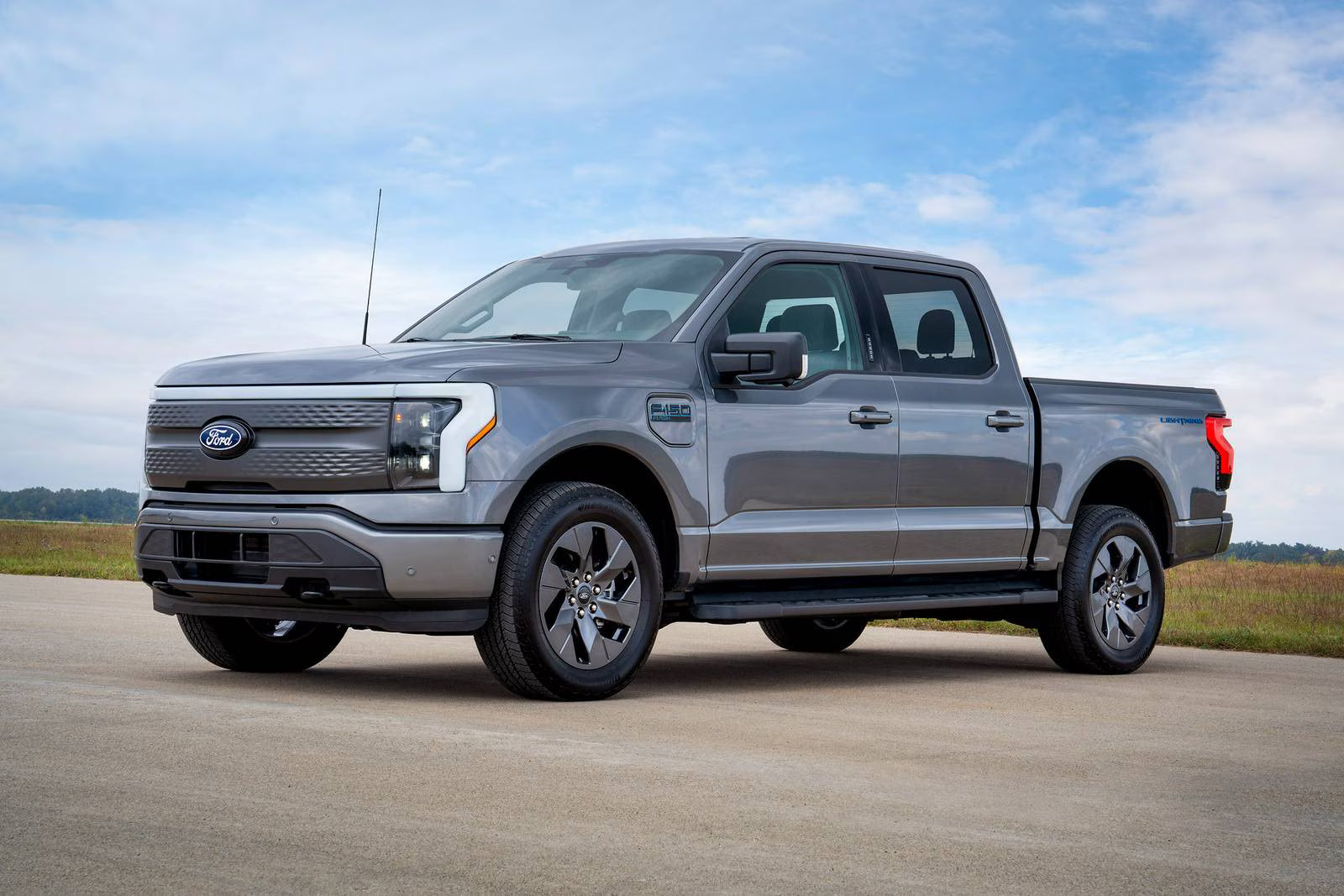La Hyundai IONIQ 5 s'est imposée comme un acteur incontournable sur le marché des véhicules électriques, reconnue pour son design futuriste, son rendement élevé et ses technologies de pointe. Pour les acheteurs potentiels comme pour les propriétaires actuels, l'une des questions les plus importantes est : quelle est l'autonomie de la IONIQ 5 avec une charge complète ? La réponse dépend de plusieurs facteurs, notamment le modèle, la taille de la batterie, les conditions de conduite et les habitudes d'utilisation.
Practice par variante
L'IONIQ 5 est proposé dans plusieurs configurations, avec différentes capacités de batterie et options de transmission :
| Variante | Taille de la batterie | Conduire | Gamme estimée par l'EPA |
|---|---|---|---|
| Gamme standard SE RWD | 58 kWh | Propulsion arrière | 220 milles |
| SE/SEL/Propulsion limitée | 77,4 kWh | Propulsion arrière | 303 milles |
| SE/SEL/Limited AWD | 77,4 kWh | Transmission intégrale | 266 milles |
| Transmission intégrale N Performance | 84 kWh | Transmission intégrale | 221 milles |
Ces chiffres reflètent les conditions optimales testées par l' Agence de protection de l'environnement (EPA) . L'autonomie réelle peut varier en raison de facteurs externes et comportementaux.
Facteurs qui affectent l'autonomie de conduite
1. Vitesse et style de conduite
Les vitesses élevées augmentent la traînée aérodynamique, ce qui réduit l'efficacité. Une accélération agressive consomme également plus de puissance, ce qui affecte considérablement l'autonomie.
2. Terrain
Les régions vallonnées ou montagneuses nécessitent plus d'énergie, notamment en montée. Le freinage régénératif peut aider à récupérer de l'énergie en descente, mais globalement, l'autonomie reste impactée.
3. Conditions météorologiques
Le froid réduit l'efficacité de la batterie et nécessite davantage d'énergie pour le chauffage de l'habitacle. À l'inverse, les températures élevées peuvent activer les systèmes de refroidissement, impactant ainsi l'autonomie.
4. Charge du véhicule
Le transport de passagers ou de charges lourdes réduit l'efficacité. Plus la batterie doit transporter de poids, plus elle consomme d'énergie.

Recharge d'une Hyundai IONIQ 5 : options et considérations
L'IONIQ 5 prend en charge plusieurs méthodes de charge :
-
Niveau 1 (120 V) : Augmente de 3 à 5 km/h l'autonomie. Idéal pour une recharge d'urgence ou de nuit.
-
Niveau 2 (240 V) : Augmente l'autonomie de 40 à 50 km par heure. Idéal pour la recharge quotidienne à domicile.
-
Charge rapide CC : IONIQ 5 prend en charge la charge rapide de 350 kW, passant de 10 % à 80 % en seulement 18 minutes dans des conditions idéales.
Nous recommandons l' adaptateur EVDANCE Pulse Fusion NACS DC vers CCS1 pour les conducteurs qui ont besoin d'une compatibilité entre les types de chargeurs, en particulier lorsqu'ils voyagent à travers des États dotés d'une infrastructure de charge mixte.
Vitesses de charge et performances réelles
Les temps de charge dépendent de la puissance de charge et de l'état de charge de la batterie :
| Type de chargeur | Temps jusqu'à 80 % (batterie de 77,4 kWh) |
|---|---|
| Niveau 1 (120 V) | 40 à 45 heures |
| Niveau 2 (240 V, 11 kW) | 6 à 7 heures |
| Charge rapide CC (250–350 kW) | 18 à 25 minutes |
Outils de surveillance et d'optimisation
L'IONIQ 5 comprend une télématique avancée et une application mobile compagnon ( Hyundai Bluelink ) qui permet :
-
Surveillance de l'état de charge à distance
-
Planification de la recharge pendant les heures creuses
-
Définition de limites de charge maximales (par exemple, 80 %) pour améliorer la longévité de la batterie
Lectures recommandées : Comprendre l’ICCU dans les véhicules électriques : ce que c’est et pourquoi c’est important
Comparaison de l'autonomie de l'IONIQ 5 avec celle des voitures à essence
Si les voitures à essence restent plus performantes en termes de vitesse de ravitaillement, l'IONIQ 5 se maintient bien en termes d'autonomie. Par exemple :
-
IONIQ 5 SE RWD : 303 miles
-
Berline à essence avec réservoir de 13 gallons à 30 mpg : ~390 miles
Avec davantage de bornes de recharge dans tout le pays , notamment en Californie, la différence pratique se réduit rapidement.
Longévité et garantie de la batterie
Hyundai offre une garantie batterie de 8 ans/160 000 km, couvrant les défauts et la dégradation excessive. Un entretien et des habitudes de charge appropriés sont essentiels pour garantir la longévité de votre batterie.
Entretien et remplacement de la batterie
Contrairement aux véhicules à combustion interne, les véhicules électriques comme l'IONIQ 5 nécessitent un entretien minimal :
-
Pas de changement d'huile
-
Diagnostics occasionnels de la batterie
Le remplacement de la batterie est coûteux (environ 10 000 à 15 000 $) , mais généralement inutile pendant la période de garantie.

Conseils pour maximiser la portée de l'IONIQ 5
-
Utiliser le mode éco
-
Maintenir la pression des pneus optimale
-
Limiter l'utilisation de la climatisation et du chauffage
-
Évitez les charges rapides CC fréquentes (sauf si nécessaire)
Guide visuel : Présentation de la gamme IONIQ 5









Partager:
Comprendre la recharge rapide en courant continu public (niveau 3) : ce que vous devez savoir
Évaluation de la capacité de la batterie du véhicule électrique et des exigences de vitesse de charge